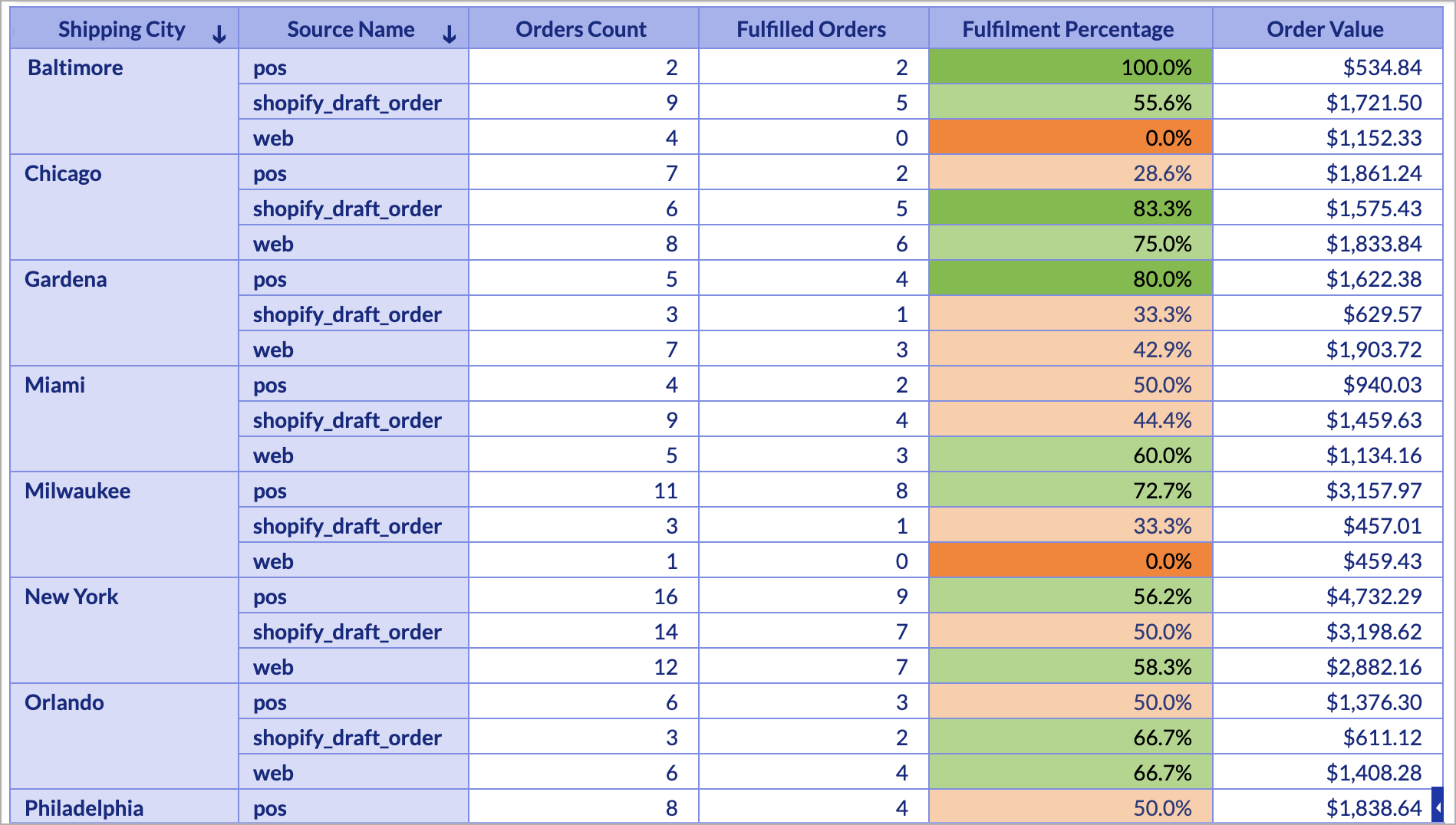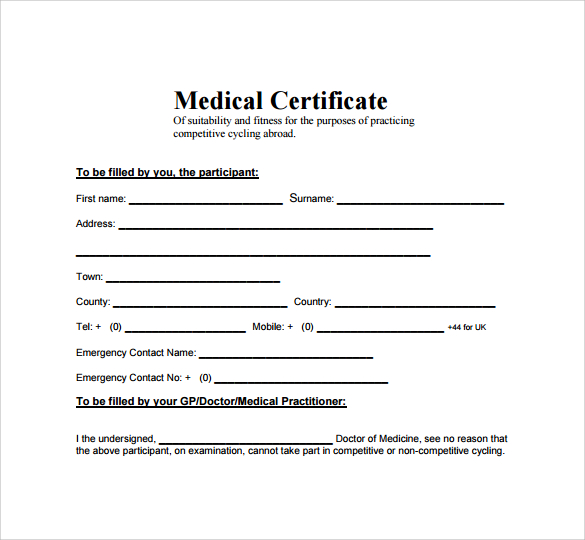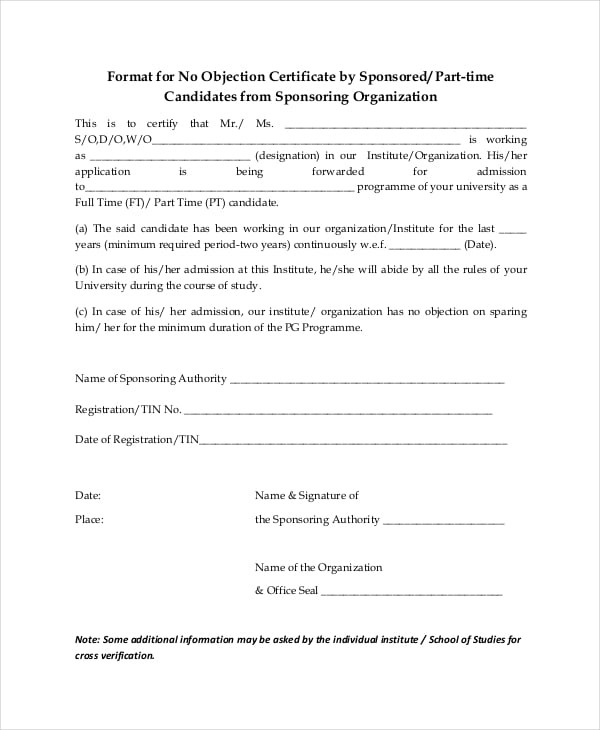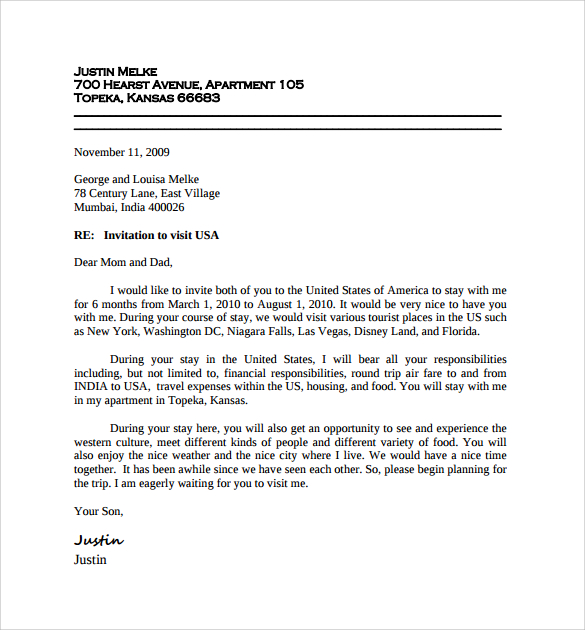More than 3 conditional formats in microsoft excel
Table of Contents
Table of Contents
Do you want to take your Excel skills to the next level and impress your boss or colleagues? Are you tired of being limited to only three conditional formats in Microsoft Excel? Look no further! In this blog post, we will explore the topic of More Than 3 Conditional Formats and how it can revolutionize the way you work with Excel.
Pain Points of More Than 3 Conditional Formats
Excel is an essential tool for many professionals, but it can be frustrating when you are limited to only three conditional formats. This limitation not only reduces your productivity, but it also makes it challenging to organize and analyze data effectively. Additionally, manually updating and managing conditional formats can be time-consuming and prone to errors.
The Target of More Than 3 Conditional Formats
More Than 3 Conditional Formats is a feature in Excel that allows you to add additional conditional formatting rules for a single cell or range of cells. This feature is designed to help you analyze and interpret data in a more efficient and visually appealing way, allowing you to focus on the most critical information. You can customize your formatting options based on cell values, formulas, and data bars, among others.
Summary of Key Points
In summary, More Than 3 Conditional Formats is an essential tool for anyone who frequently uses Excel. It can help you to improve your workflow, process large amounts of data, and create visually appealing reports. By utilizing the feature, you can customize your formatting options to meet your specific needs and analyze data more effectively.
Personal Experience with More Than 3 Conditional Formats
As an assistant manager, I was responsible for creating reports for our monthly sales meetings. While I had some experience with Excel, I found myself struggling to represent the data in a way that was easy to read and digest. However, by using More Than 3 Conditional Formats, I was able to highlight the most important information and present it in a visually appealing way. Not only did this help me to save time, but it also made my reports more effective in communicating key insights to my team.
Benefits of More Than 3 Conditional Formats
More Than 3 Conditional Formats can provide significant benefits to any individual or organization that uses Excel regularly. By utilizing this feature, you can improve your productivity, reduce errors, and enhance the effectiveness of your reports and data analysis. Additionally, customized formatting options can help to make your data more visually appealing and easy to understand.
 ### How to Use More Than 3 Conditional Formats
### How to Use More Than 3 Conditional Formats
To use More Than 3 Conditional Formats, select the cell or range of cells you want to format and click on the “Conditional Formatting” tab. From there, select “New Rule” and choose one of the many formatting options available. By clicking “OK,” you can create a new conditional formatting rule and repeat the process for additional rules.
 Best Practices for More Than 3 Conditional Formats
Best Practices for More Than 3 Conditional Formats
While More Than 3 Conditional Formats can be a powerful tool, it is essential to use it correctly. Here are some best practices that can help you to get the most out of this feature:
- Only apply conditional formatting to crucial data - too much formatting can be overwhelming and confusing
- Ensure your conditional formatting rules are simple and easy to understand
- Limit the number of different formats used in a single worksheet to maintain consistency
Advantages of More Than 3 Conditional Formats
If you are still unsure why you should use More Than 3 Conditional Formats, here are a few advantages:
- Efficient data analysis
- Customization options
- Improved workflow and productivity
 Question and Answer
Question and Answer
Here are some of the most frequently asked questions about More Than 3 Conditional Formats:
1. What is More Than 3 Conditional Formats?
More Than 3 Conditional Formats is a feature in Excel that allows you to add additional conditional formatting rules for a single cell or range of cells beyond the typical limit of three. This feature is designed to help you analyze data more effectively and visually.
2. What are some examples of More Than 3 Conditional Formats?
There are many ways to use More Than 3 Conditional Formats, including applying custom formatting based on cell values, data bars, and color scales.
3. How do I apply More Than 3 Conditional Formats?
To use More Than 3 Conditional Formats, select the cell or range of cells you want to format and click on the “Conditional Formatting” tab. From there, select “New Rule” and choose one of the many formatting options available.
4. What are some best practices for using More Than 3 Conditional Formats?
Some best practices for using More Than 3 Conditional Formats include applying formatting to critical data only, keeping formatting rules simple and easy to understand, and limiting the number of different formats used in a single worksheet.
Conclusion of More Than 3 Conditional Formats
More Than 3 Conditional Formats is a game-changing feature in Excel that allows you to analyze and understand data more effectively. By using this feature, you can customize your formatting options and create visually appealing reports that communicate key insights to your team or colleagues. Remember to use best practices and experiment with the many different formatting options available to maximize the benefits of More Than 3 Conditional Formats.
Gallery
What Is Conditional Formatting?

Photo Credit by: bing.com /
Customizing A Summary View L Advanced Analytics Help

Photo Credit by: bing.com / summary conditional customizing modify formats
More Than 3 Conditional Formats In Microsoft Excel - How To?

Photo Credit by: bing.com / conditional formats
More Than 3 Conditional Formats In Microsoft Excel - How To?

Photo Credit by: bing.com / conditional formats excel
Read This How-to Piece That Explains How You Can Use Conditional

Photo Credit by: bing.com /






